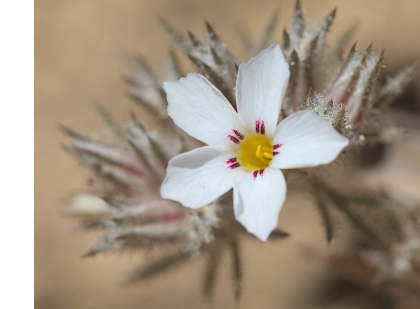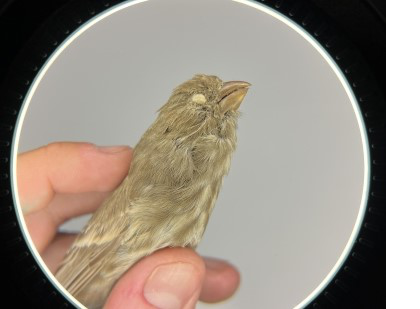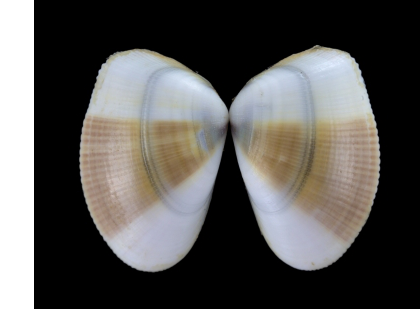Research

PhD research
My dissertation is focused on understanding insect declines & how insectivorous birds are affected. I am especially interested in
- Ecological monitoring & methods standardization
- Insect population dynamics & variability
- Using resurvey data to understand insect & bird community change over time
To answer these questions, I use a variety of approaches, including field surveys, crowd-sourced science, & rigorous evidence synthesis (like the entoGEM project).
Research +
My main training is in ornithology & entomology, but I am fundamentally an ecologist interested in everything. Other interests include:

Crowd-sourced science
Sites like iNaturalist are revolutionizing ecology. Though most well-known for providing abundant occurrence data in time & space, they also provide many layers of less well-explored data that can inform macroecology, occupancy modeling, & our understanding of ecological interactions.
Teaching, outreach, & mentorship
I'm interested in how field courses & field stations provide ideal settings for deep biological learning, I work with teachers to make curricula for Los Angeles students integrating Next Generation Science Standards and environmental justice, & I mentor undergraduate students on independent research, like the "Finch Itch" project investigating lice on bird museum specimens.
Natural history
I'm a strong believer in the importance of natural history observations for ecology and conservation. I especially enjoy documenting ecological interactions and looking for undescribed species. My main taxonomic interests are Psocoptera & Psylloidea; two fascinating, yet understudied insect taxa.Selected publications
-
Montgomery, G. A., M. W. Belitz, R. P. Guralnick, and M. W. Tingley. 2021. Standards and Best Practices for Monitoring and Benchmarking Insects. Frontiers in Ecology and Evolution 8:579193. link | pdf
-
Montgomery, G. A., R. R. Dunn, R. Fox, E. Jongejans, S. R. Leather, M. E. Saunders, C. R. Shortall, M. W. Tingley, and D. L. Wagner. 2020. Is the insect apocalypse upon us? How to find out. Biological Conservation 241:108327. link | pdf
-
Youngflesh, C., G. A. Montgomery, J. F. Saracco, D. A. W. Miller, R. P. Guralnick, A. H. Hurlbert, R. B. Siegel, R. LaFrance, and M. W. Tingley. 2023. Demographic consequences of phenological asynchrony for North American songbirds. Proceedings of the National Academy of Sciences 120:e2221961120. link | pdf
-
Grames, E. M., G. A. Montgomery, C. Youngflesh, M. W. Tingley, and C. S. Elphick. 2023. The effect of insect food availability on songbird reproductive success and chick body condition: Evidence from a systematic review and meta-analysis. Ecology Letters 26:658–673. link | pdf
-
Montgomery G.A., Underwood F., & B. G. Freeman. 2017. Apparent cooperative breeding at a nest of the Silvery-throated Jay (Cyanolyca argentigula) and first nest description. Wilson Journal of Ornithology, 130(2), 543-547. link | pdf
-
Tingley, M. W., G. A. Montgomery, R. L. Wilkerson, D. R. Cluck, S. C. Sawyer, and R. B. Siegel. 2023. Multi-trophic occupancy modeling connects temporal dynamics of woodpeckers and beetle sign following fire. PloS one 18:e0281687. link | pdf
-
Freeman, B.G. & G. A. Montgomery. 2017. Using song playback experiments to measure species recognition between geographically isolated populations: A comparison with acoustic trait analyses. The Auk, 134(4), 857-870. link | pdf
-
Kahnt, B., Montgomery, G.A., Murray, E., Kuhlmann, M., Pauw, A., Michez, D., Paxton R., & B. N. Danforth. 2017. Playing with extremes: origins and evolution of exaggerated female forelegs in South African Rediviva bees. Molecular Phylogenetics and Evolution, 115, 95-105. link | pdf
-
Magnier, B.R.* & G. A. Montgomery.* 2017. Novel wing-flashing behavior in a scorpionfly (Panorpa debilis) may be competitive. Journal of Insect Behavior, 30(3), 247-258. link | pdf
-
Freeman, B. G., & G. A. Montgomery. 2015. Interspecific aggression by the Swainson’s Thrush (Catharus ustulatus) may limit the distribution of the threatened Bicknell’s Thrush (Catharus bicknelli) in the Adirondack Mountains. The Condor, 118(1), 169-178. link | pdf
Research topics
Applied Ecology | Ecological monitoring | Evidence synthesis | Biological field stations | Contributory science | Natural history | Population ecology | Macroecology | Entomology | Ornithology